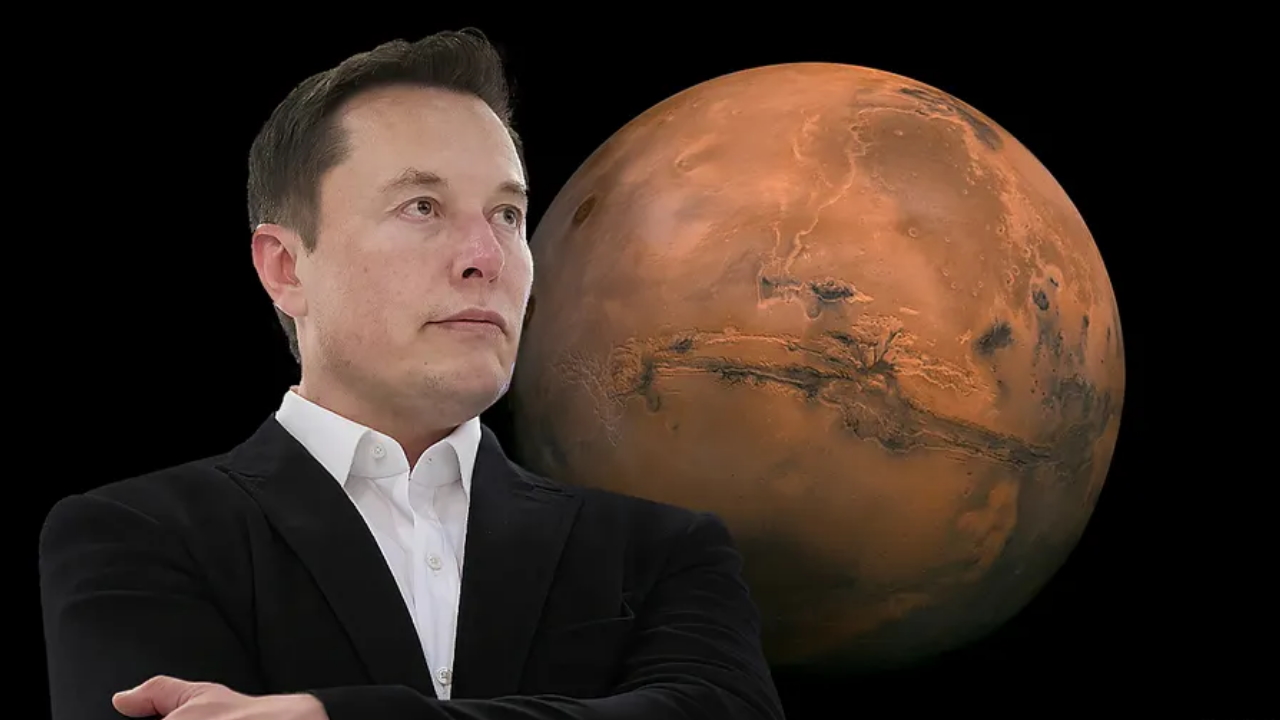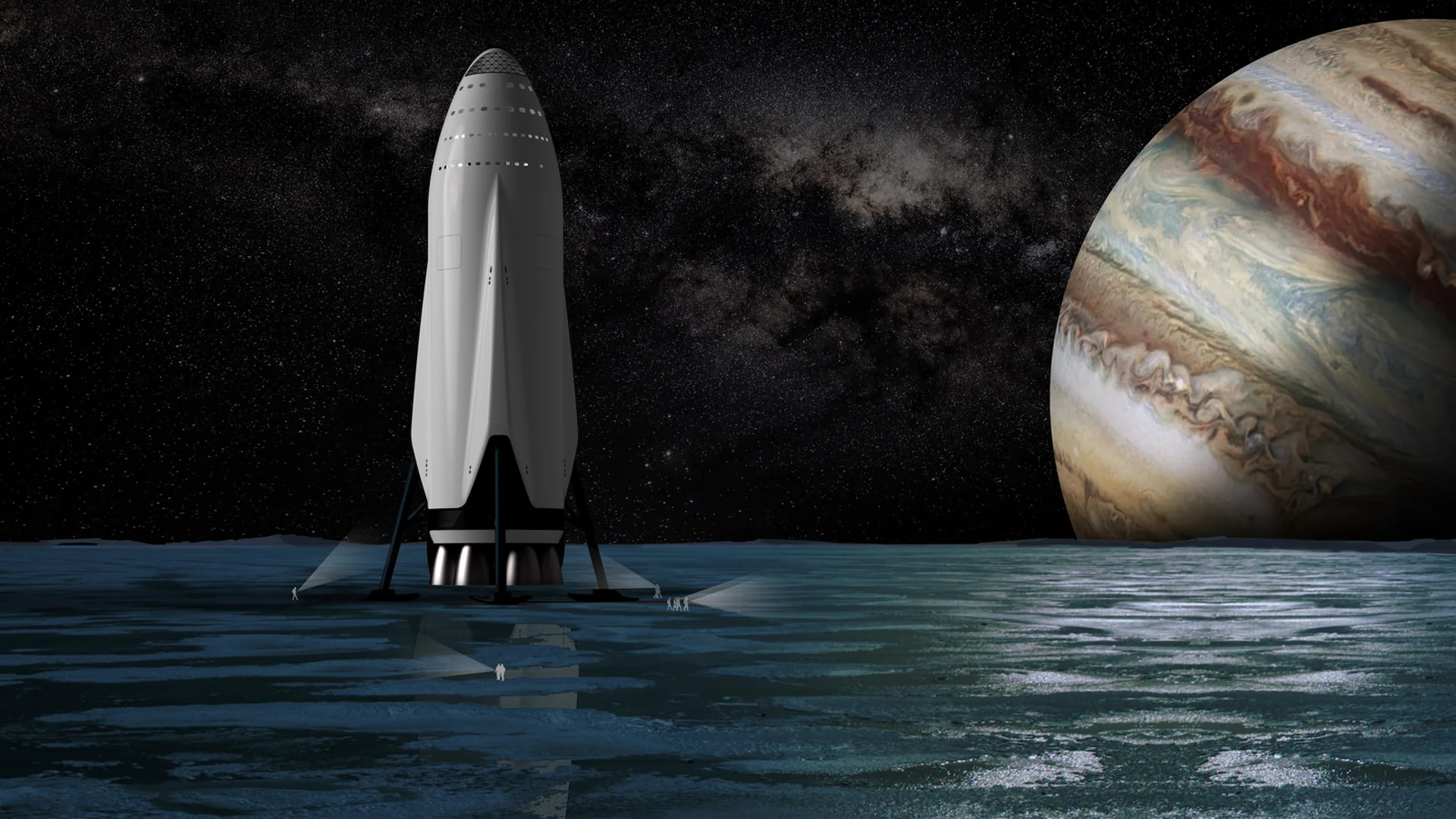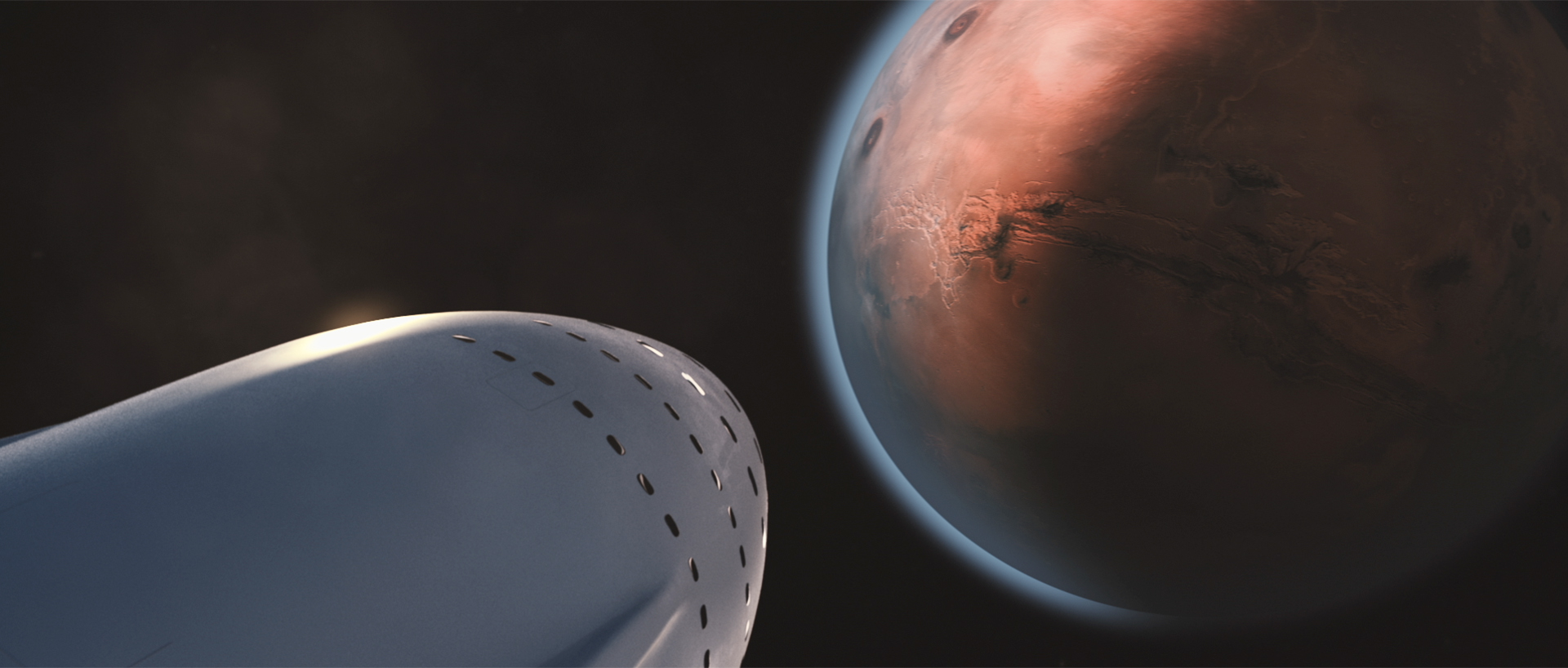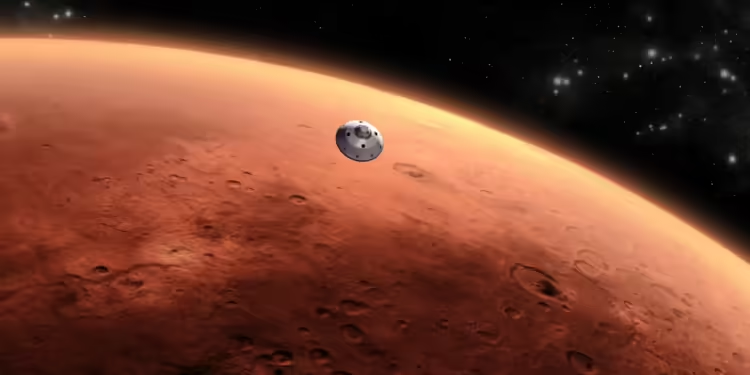In an eye-opening exchange on X, SpaceX CEO Elon Musk delved into the fiscal and technological realities of colonizing Mars, a vision that captures both the imagination and the complexity of interplanetary travel. Musk’s recent comments highlight not just the astronomical costs involved, but also the groundbreaking advancements needed in space technology.

Rocket Economics: Making Mars Feasible
Musk’s dialogue began in response to a user’s query about the economics of launching payloads to low Earth orbit. His insights reveal a stark reality: current Mars missions are more costly than ever, running approximately $1 billion per ton for cargo delivered to the Martian surface. This figure has escalated over time, suggesting a growing challenge in space logistics.
“Mars missions have had a cost per ton of useful load to the Martian surface at around $1 billion. It has become more, not less, expensive over time!” Musk noted, emphasizing the increasing difficulty and expense. The cost trajectory of these missions paints a daunting picture for future endeavors to the Red Planet.
A Vision of a Martian Metropolis
Addressing the magnitude of establishing a self-sustaining city on Mars, Musk estimated that such an endeavor would require at least a million tons of equipment. The financial implication of this requirement is a mind-boggling $1,000 trillion, a figure that dramatically overshadows the U.S. GDP, which stands at about $29 trillion.
Despite these figures, Musk remains optimistic about the future, pointing to innovations that could potentially reduce these costs significantly. “Building a self-sustaining city on Mars would require at least a million tons of equipment, amounting to a cost of over $1,000 trillion,” Musk explained. This figure, while seemingly impractical, sets the stage for the need for revolutionary advancements in technology.

The Promise of SpaceX’s Starship
A major pillar of hope in Musk’s plan is SpaceX’s Starship, which is being designed to achieve the 1,000-fold improvement in cost-efficiency necessary to make Mars colonization feasible. Following successful tests, including a booster catch and a precise ocean landing, Musk’s confidence in the Starship has only strengthened.
“Especially after yesterday’s booster catch and precise ocean landing of the ship, I am now convinced that it can work,” he stated, reinforcing his belief in SpaceX’s ongoing projects. The Starship stands as a beacon of potential, aiming to turn the tide on the prohibitive costs currently associated with Martian travel.
Economic Implications and Future Outlook
Looking to the future, Musk suggested that the total cost for Mars colonization could eventually be brought down to around $1 trillion. If spread over 40 years, this would amount to less than $25 billion annually—a figure Musk believes would not “materially affect people’s standard of living on Earth.”
This innovative financial approach offers a glimmer of hope and a practical framework for funding humanity’s multiplanetary aspirations without undermining economic stability on Earth.

Elon Musk’s vision for Mars goes beyond mere exploration. It involves a complete rethinking of economic and technological paradigms. As space enthusiasts and critics alike watch SpaceX’s progress, the dream of a Martian city seems both incredibly challenging and tantalizingly possible. Musk’s blend of realism and optimism provides a nuanced perspective on what could be humanity’s greatest adventure yet.










